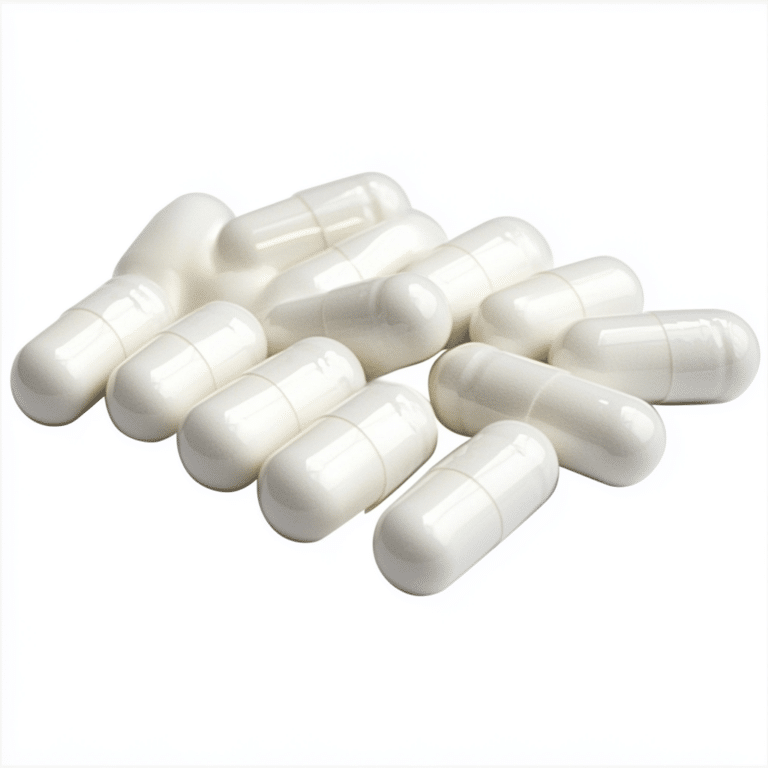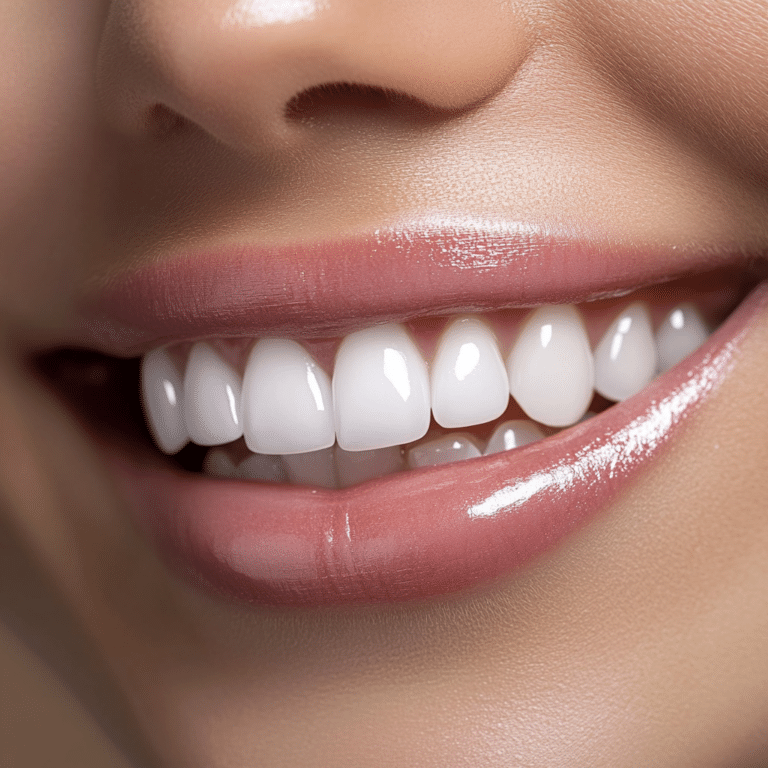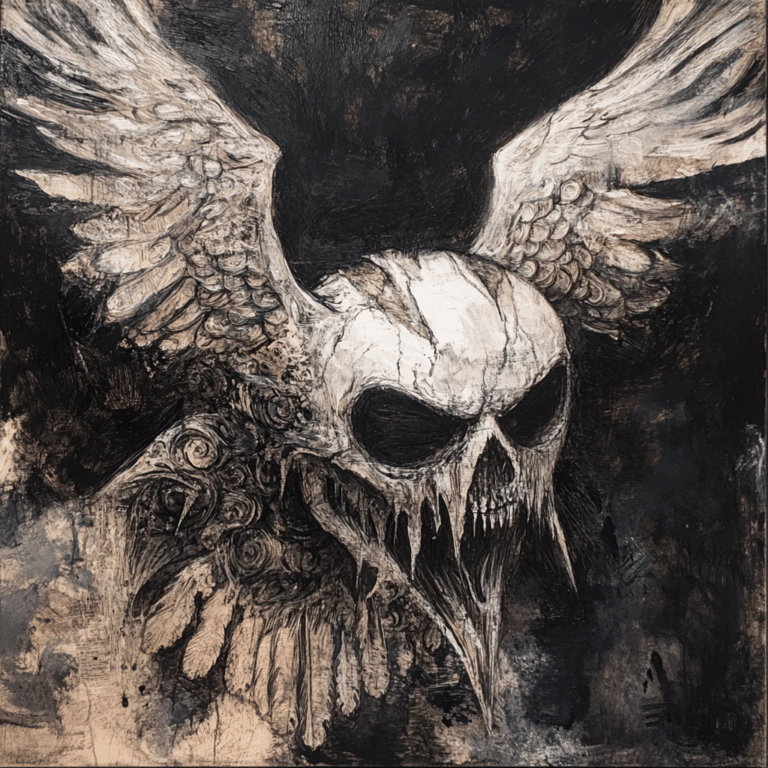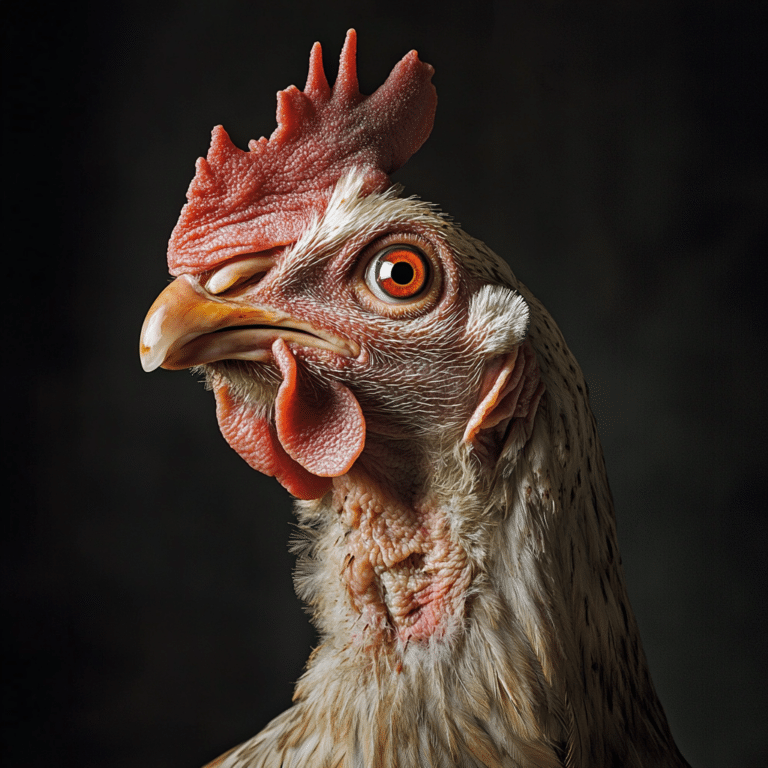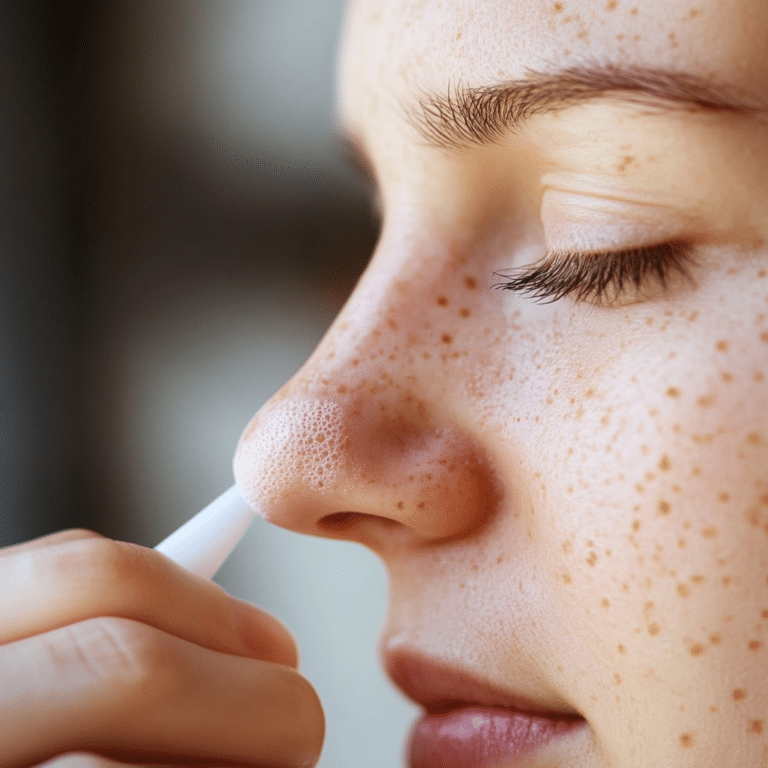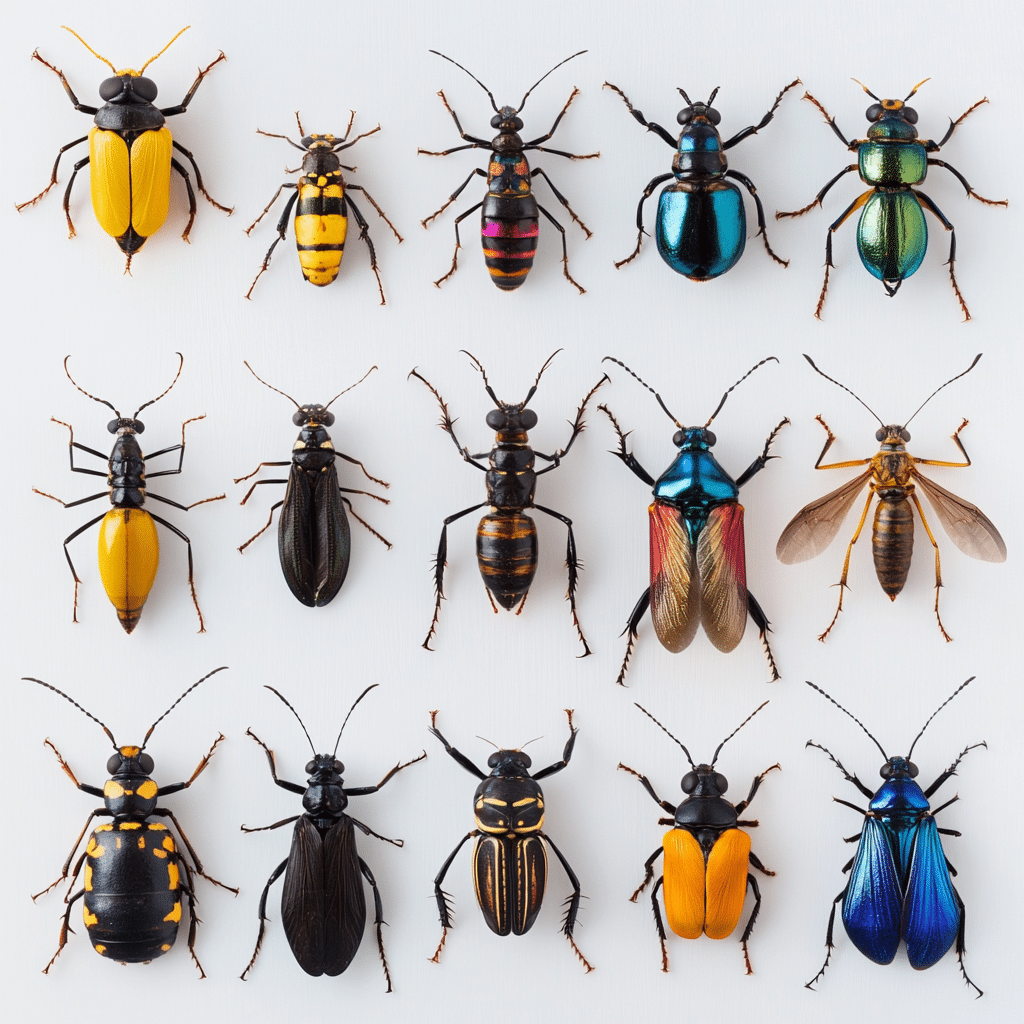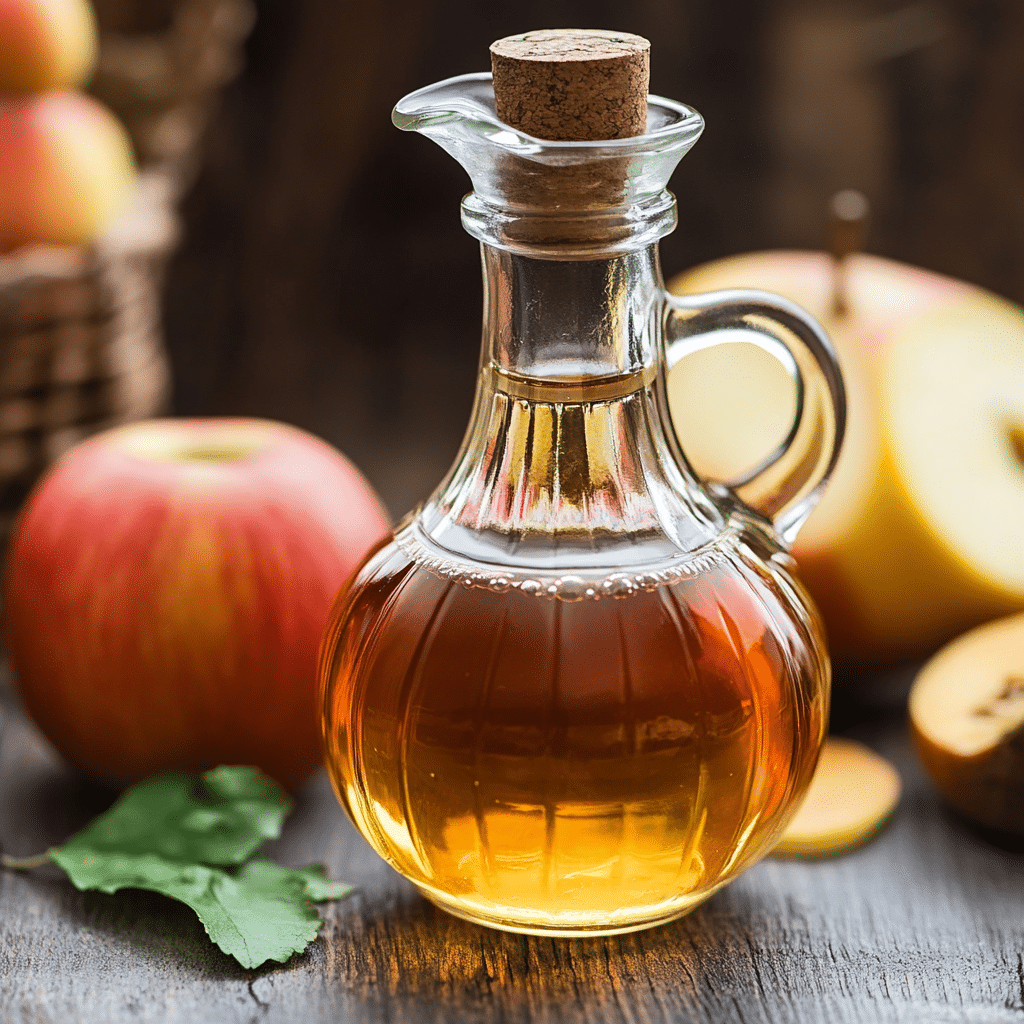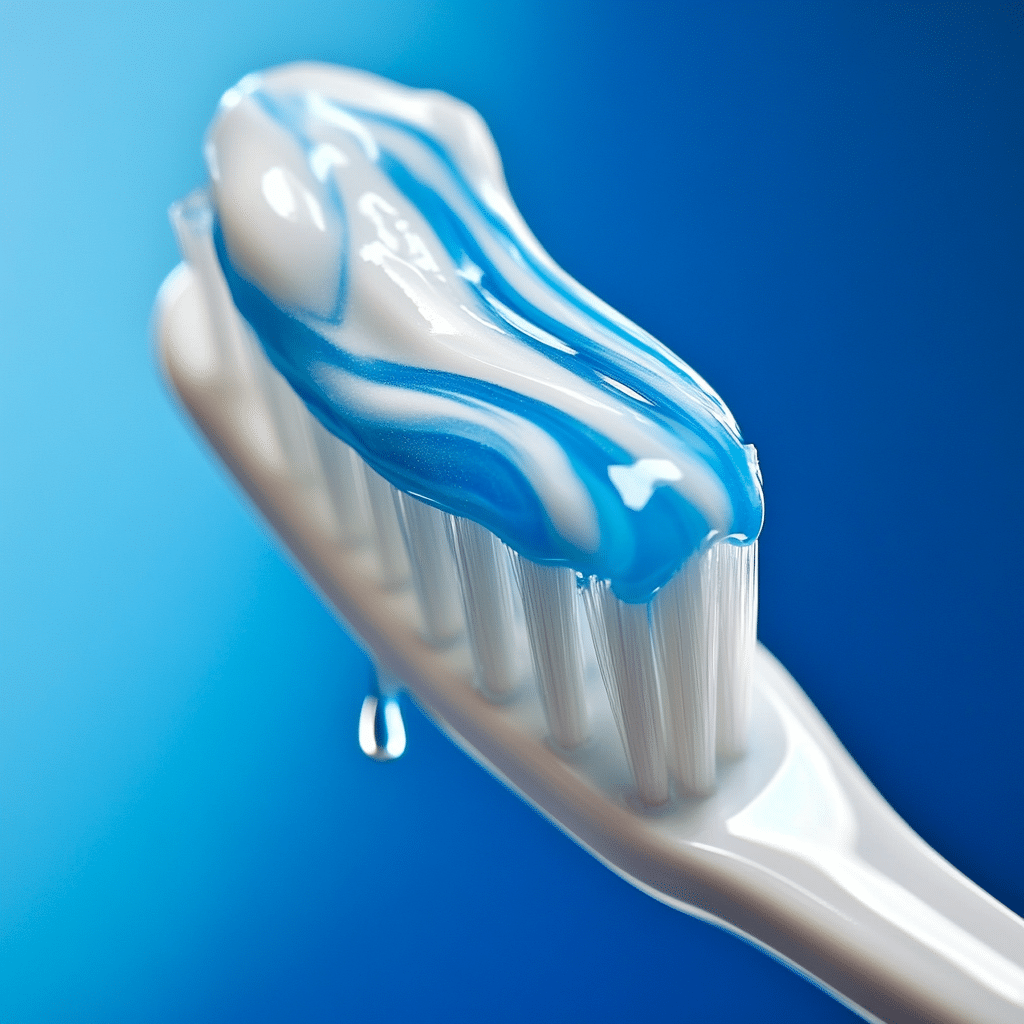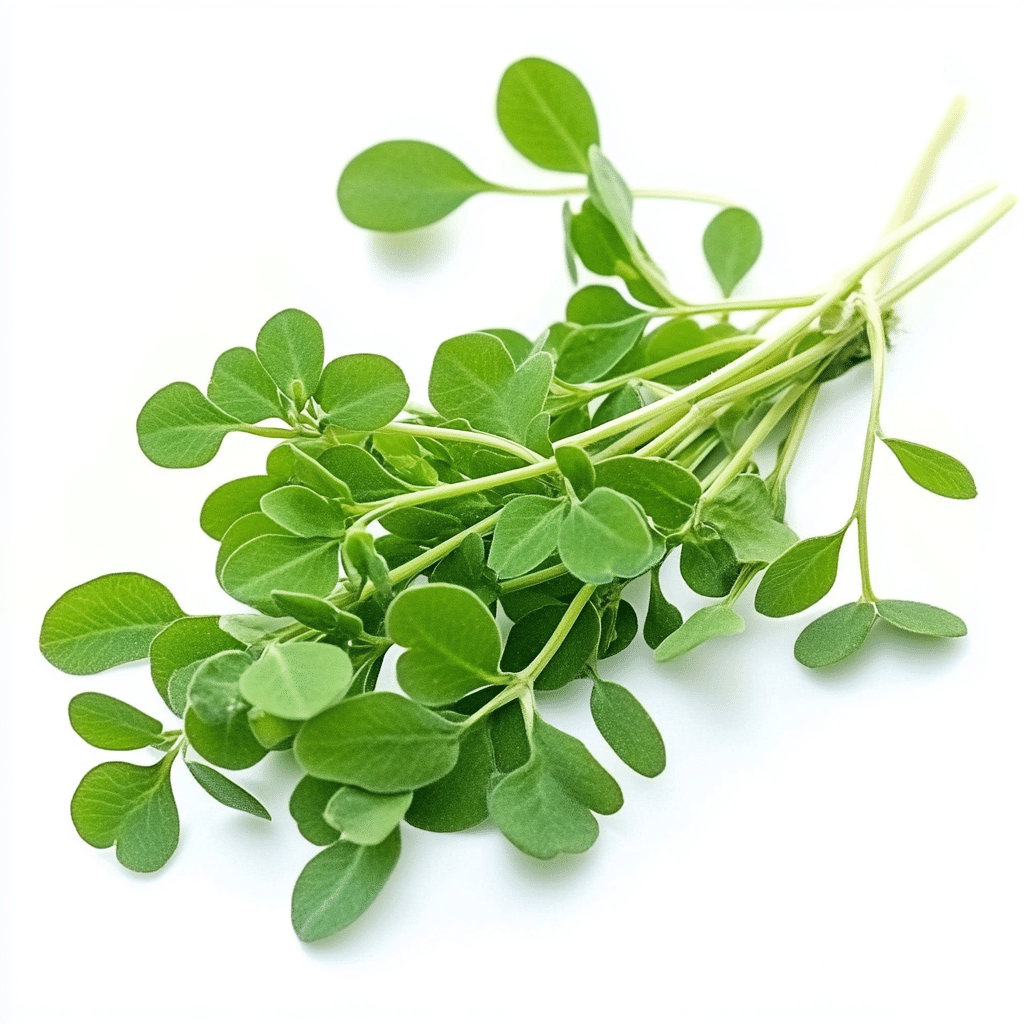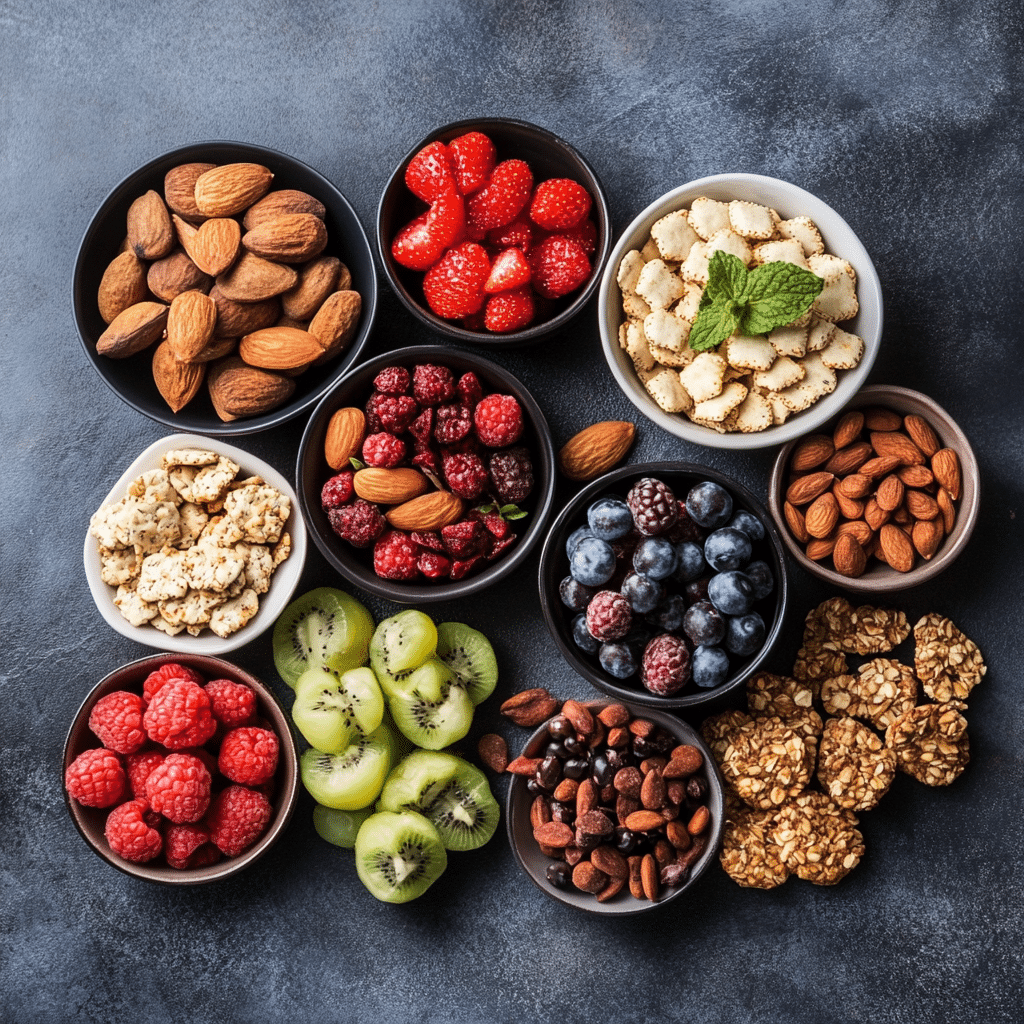If you’re looking to pump up your chest like a true champion, the chest fly machine is a must-have in your workout arsenal. It can open up a whole new world of muscle gains if you use it right. Too many folks jump on this machine, eager to flex their muscles, but they end up not reaping the benefits due to improper form. No worries! By the end of this article, you’ll become a chest fly machine guru, ensuring you knock out those chest fly workouts like a pro, building those impressive pecs and an aesthetic physique that turns heads.

7 Essential Tips for Using the Chest Fly Machine Effectively
Using the chest fly machine can be incredibly rewarding, but you need to approach it the right way. Here are seven essential tips to optimize your experience on this piece of equipment:
Starting with a solid foundation is key. Make sure the seat is at the right height—when seated, your arms should sit parallel to the floor, and the handles should align with your chest. Whether you’re using a Life Fitness Chest Fly Machine or another popular brand, adjust it so you feel comfortable right from the get-go.
Don’t let your ego dictate how much weight you lift. Beginners should kick things off with a lighter weight to learn the movement before cranking it up. Experienced lifters can gradually increase resistance but remember—controlled reps always beat heavy weights for perfect form!
That grip may just seem like a small detail, but it can significantly affect your results. Using a neutral grip engages your chest muscles more effectively than an overhand grip. Machines like the Hammer Strength Chest Fly feature ergonomic handles that promote proper wrist alignment, letting you focus on the muscles doing the work.
Sit up straight with your back pressed against the seat. This not only aids in stability but also isolates those chest muscles, making your workout much more effective. Engaging your core will help support your posture and amplify chest activation throughout the exercise.
Going wide can lead to shoulder injuries. Keep your arms slightly bent and don’t extend them too far back. Stop just beyond shoulder-width to effectively target the pecs. Machines like the Cybex Eagle Chest Fly are designed to limit your range of motion, making it easier to avoid overstretching.
Your breathing is crucial during any exercise, and the chest fly machine is no exception. Exhale as you bring those handles together and inhale as you return to the starting position. This breathing technique not only enhances strength but also helps maintain core stability—something we all need for those big lifts!
Visualize those chest muscles while you work out. Concentrating on the muscles as they contract and relax can lead to better engagement and ultimately, more gains. As they say, pump it up like Arnold would!
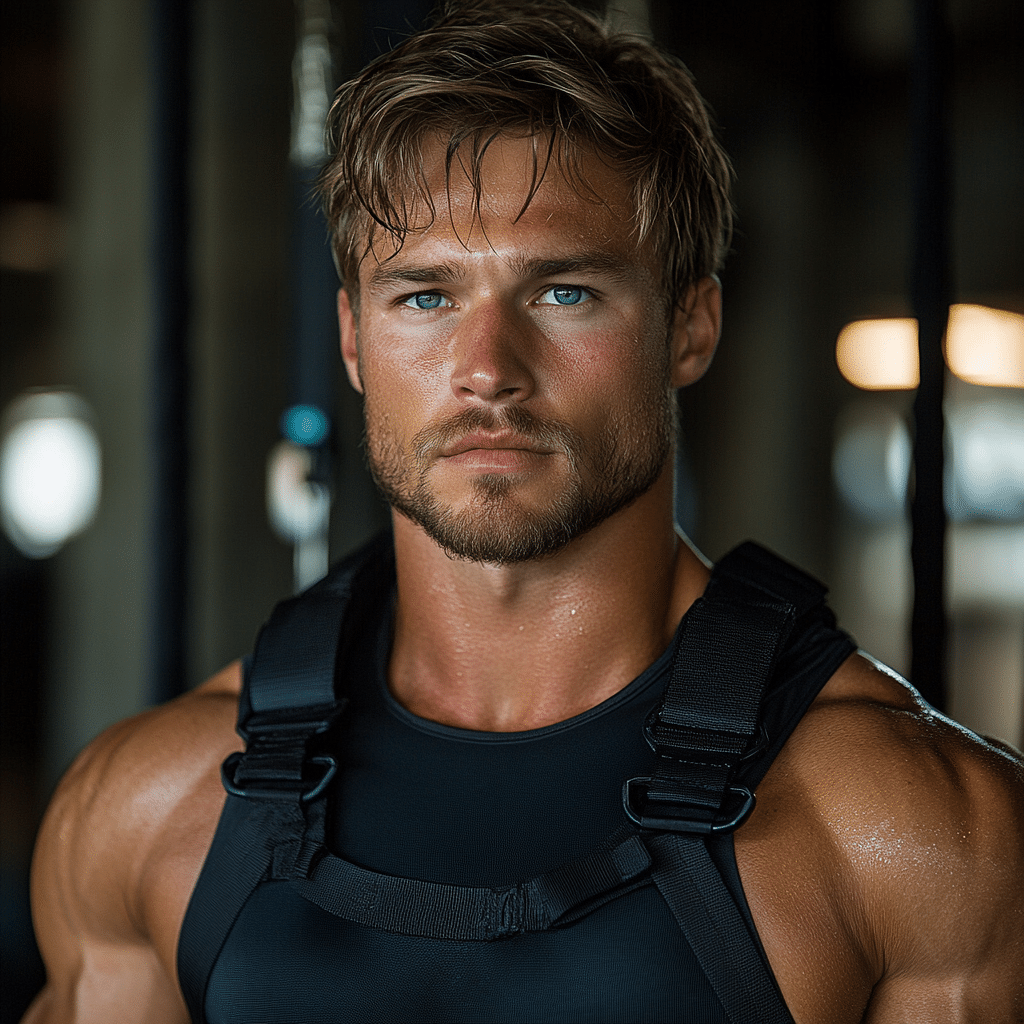
Common Mistakes to Avoid on the Chest Fly Machine
Even though using the chest fly machine seems straightforward, there are some common pitfalls many people fall into. Here’s what to watch out for:
Swinging your arms back too far can lead to shoulder issues. Instead, stop when your elbows are just above your shoulders to keep those joints safe.
Don’t let gravity do the heavy lifting! Many folks jerk the weights instead of controlling the motion, which can diminish the effectiveness of the exercise. Always strive for smooth and controlled movements to fully engage your chest muscles.
Nothing ruins a good workout like an injury! Yanking straight into heavier weights without warming up is a recipe for disaster. Incorporate a light dynamic stretch that focuses on your upper body—this way, your pectorals and shoulders get primed and ready for action.
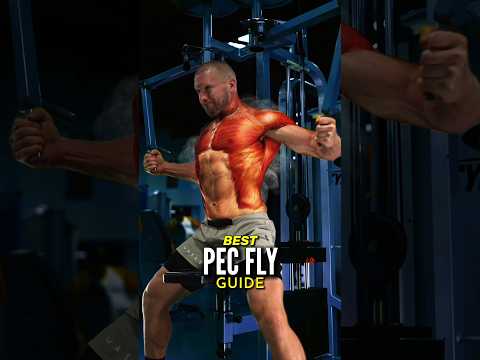
Recommendations for Variations to Enhance Your Routine
To keep your chest fly workouts fresh and challenging, explore variations to enhance your skills on the chest fly machine:
Switching to single-arm flies can help correct any muscle imbalances while encouraging more focused engagement in each pec. You’ll love how it improves your strength and control!
Adding resistance bands to the handles can create more tension at the top of the exercise. This extra layer of resistance makes the contraction phase even more effective—your pecs will thank you!
Try slowing down the eccentric phase—this is the lowering motion of the fly. Give it a three-second descent and watch your muscles scream for mercy! Slowing down increases time under tension, which is crucial for hypertrophy.
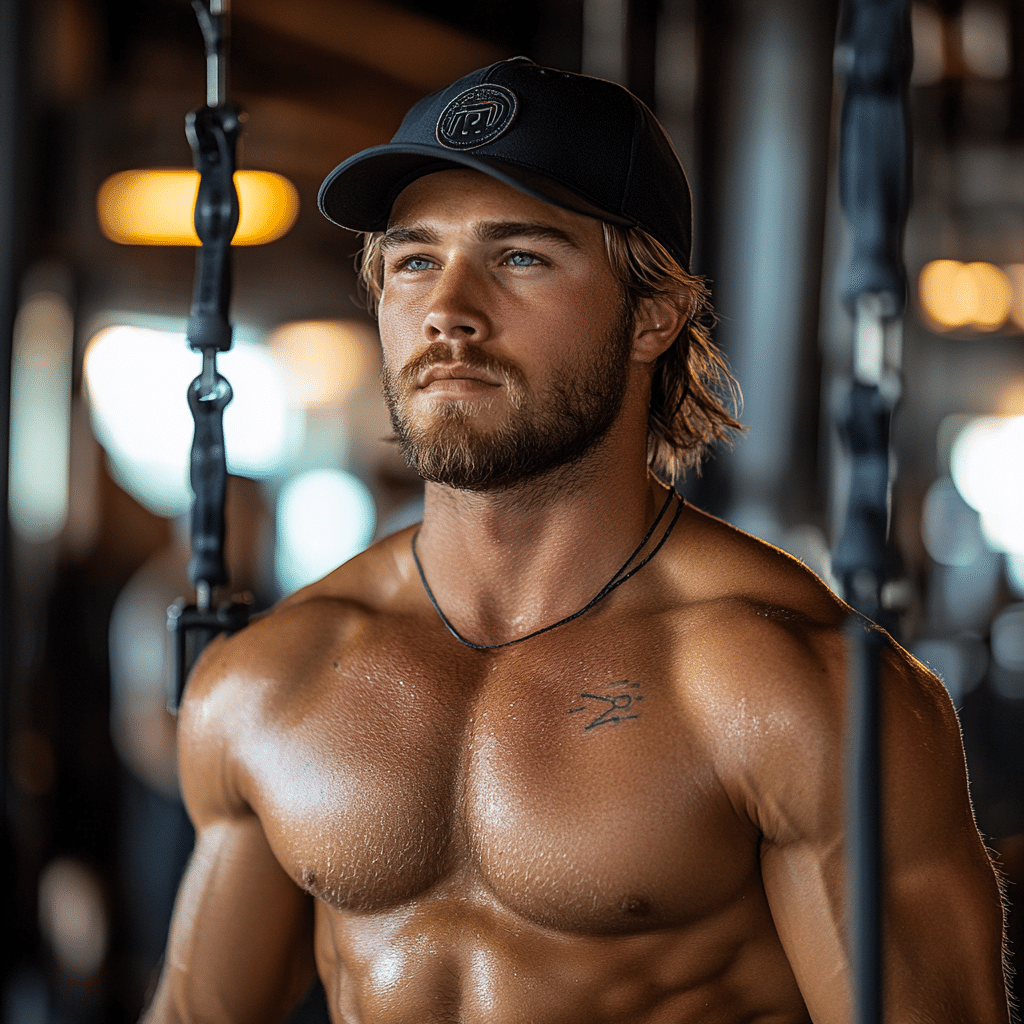
The Path to Effective Chest Workouts
Mastering the chest fly machine takes more than simply jumping on and pulling the handles. It requires an understanding of how your muscles work and a commitment to technique refinement. Incorporate these tips into your routine, steer clear of common mistakes, and you’ll see those gains come rolling in.
By embracing variations and honing your form, your dedication to the chest fly machine will not only build impressive pectoral muscles but also improve your overall fitness level. Remember, consistency and attention to detail are your best allies on the path to a chiseled physique.
Don’t let mediocrity hold you back! Now’s the time to get it done and make those gains count! Let’s get you shredded, build some immense muscle, and rock those ripped six-packs you’ve always dreamed of! For more on chest flying, check out our detailed guide on chest flying and push those limits!
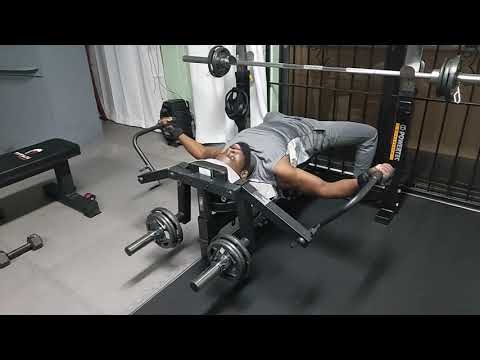
Chest Fly Machine: Fun Trivia and Interesting Facts
The Evolution of the Chest Fly Machine
Did you know the chest fly machine has become a staple in gyms worldwide? This equipment allows for targeted pectoral workouts that many fitness enthusiasts swear by. It’s interesting to think that just like Ghost Of Tsushima 2 is a sequel to a beloved game, the chest fly machine evolved from basic weightlifting techniques to a more refined and efficient tool. The beauty of the chest fly machine lies in its ability to engage muscle fibers effectively, inviting both newbies and seasoned gym rats to make it part of their routines. Speaking of evolution, Darnell Ferguson has revolutionized cooking with his creative approaches in the kitchen, showing that expertise can flourish in various fields.
Mind Your Posture
When using the chest fly machine, posture is crucial—similar to how Rhea Perlman stands out for her unique deliveries in acting. Leaning forward or rounding your back can put unnecessary strain on your body. It’s essential to sit back, pull your shoulders down, and keep your spine neutral, helping to keep your workouts both safe and effective. Just like how Eric Musselmans coaching style emphasizes strong fundamentals, mastering your form on the chest fly machine builds a solid foundation for muscle gains. Remember, it’s not just about moving the weights but doing so with precision!
The Importance of Mind-Muscle Connection
Another fun fact about the chest fly machine is how it encourages a strong mind-muscle connection. Engaging your pecs consciously while performing the exercise can yield better results. As seen in the rise of iconic artists like Taylor Swift, who takes thoughtful strides in her international tour planning, focusing on every detail can create a more profound impact. Tuning into the muscles being worked will help sculpt your physique, ensuring you get the most out of each session. And for those who might be on a different kind of journey, similar to Clayton Echards quest for love, consistency and attention can lead to surprisingly great results over time!
Check out the chest fly machine for yourself, and unlock its many benefits. Every rep will bring you closer to your goals; it just takes a little patience and practice.
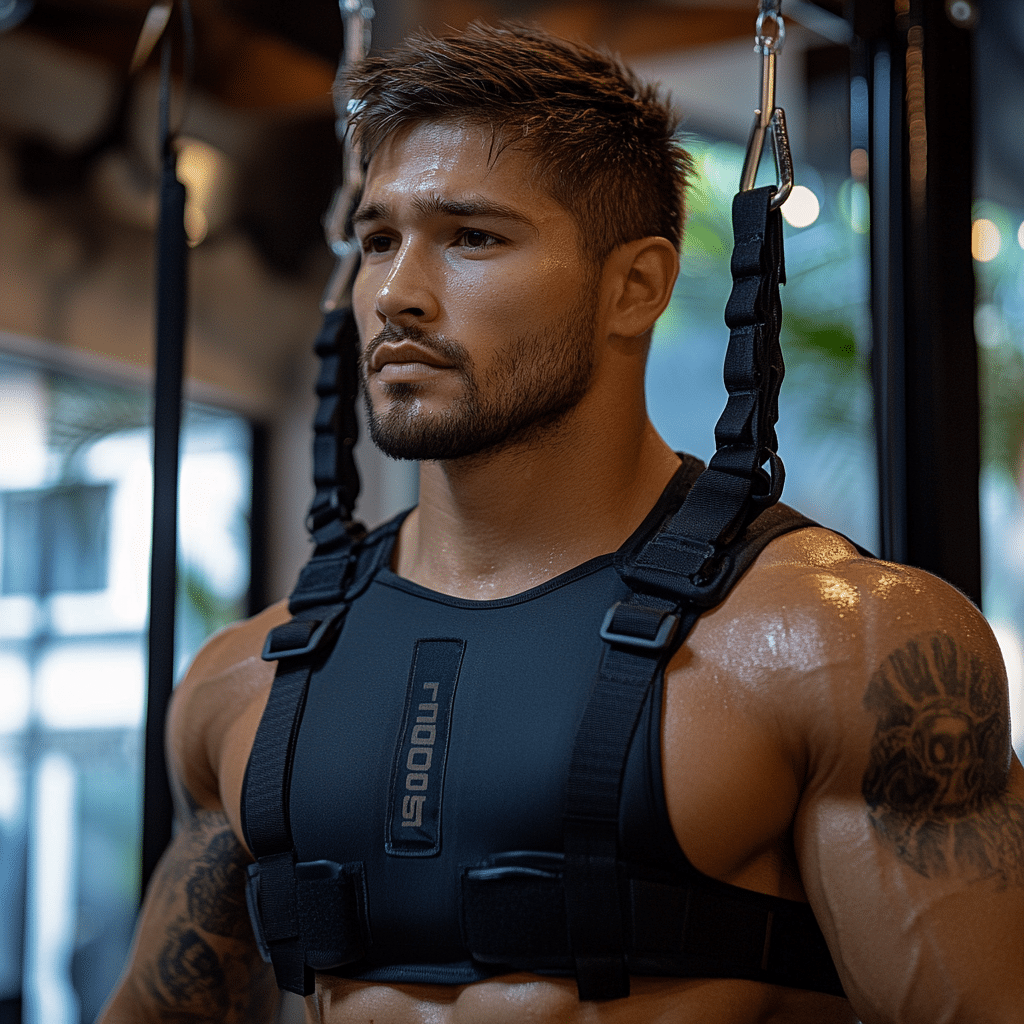
Are machine flys good for chest?
Machine flys are definitely good for your chest. They add variety to your workouts and target the muscles in a unique way, especially if you’re looking to focus on the stretch in your pecs.
How to do chest fly correctly?
To do chest flys correctly, start by lying back on a flat bench with weights in each hand. With a slight bend in your elbows, slowly lower the weights out to the sides until you feel a stretch in your chest. Then, bring them back together above your chest, keeping your elbows slightly bent the entire time.
Is chest press or pec fly better?
Neither the chest press nor the pec fly is outright better; they each serve different purposes. The chest press is great for overall strength and stability, while the chest fly focuses more on the pecs’ range of motion and stretch. Using both together can really optimize your chest workout.
Are pec flys good for chest growth?
Pec flys are fantastic for chest growth when done right. They help isolate the chest muscles, especially when you get that deep stretch, which can lead to better overall development.
How heavy should chest flys be?
The weight for chest flys depends on your fitness level, but it’s best to start light until you’re comfortable with the form. You want to focus on the movement rather than lifting heavy weights right off the bat.
Why don’t I feel chest flys in my chest?
If you’re not feeling chest flys in your chest, you might be using the wrong form or lifting too heavy. Make sure your elbows are slightly bent and that you’re really focusing on squeezing your pecs as you bring the weights together.
Should you go heavy on chest flys?
It’s not usually recommended to go too heavy on chest flys since the focus should be on control and form. Heavy weights can lead to poor mechanics, which can cause injury or shift the work to other muscles.
Should arms be straight on chest flys?
On chest flys, your arms shouldn’t be completely straight. Keep a slight bend in your elbows throughout the movement to protect your joints and effectively target your chest.
Why does the pec fly machine hurt my shoulders?
If the pec fly machine hurts your shoulders, you might be using too much weight or not positioning yourself correctly. Make sure the machine is adjusted properly, and consider reducing the weight to make the movement more comfortable.
How many reps should I do for pec fly?
For pec flys, a good rep range is typically between 8 to 12 repetitions. This allows you to focus on building strength and muscle effectively.
Are chest flys push or pull?
The chest fly machine is actually a push movement since it involves adduction, pushing the handles toward the midline of your body.
What fly is best for upper pec?
For upper pec development, an incline fly is usually the best option. This variation shifts focus to the upper part of your chest, offering a well-rounded workout.
How to do chest flys correctly?
To do chest flys correctly, remember to keep a slight bend in your elbows, focus on the stretch, and control the movement throughout. This will help target the right muscles effectively.
Are pushups good for the chest?
Pushups are absolutely great for the chest! They engage multiple muscles, including the chest, shoulders, and triceps, making them a solid bodyweight exercise.
Are shrugs push or pull?
Shrugs are considered a pull exercise since they target the traps and upper back muscles as you pull your shoulders up towards your ears.
Should you lean forward on a pec fly?
It’s not necessary to lean forward too much on a pec fly; keeping your back flat against the bench helps maintain proper form and targets your chest more effectively.
When should you breathe during a chest fly?
During a chest fly, you should breathe out as you bring the weights together and inhale as you lower them back down. This helps maintain your stability and control throughout the movement.
How to do a pec deck properly?
To do a pec deck properly, sit back against the machine with your back flat, adjust the seat so that the handles are at chest level, and bring the handles together while keeping your elbows slightly bent throughout.
How far back should a pec deck be?
The pec deck should ideally allow your elbows to be around shoulder level when you bring the handles back, so you aren’t pushing them too far back beyond your range of motion.
Is cable or machine fly better?
Whether cable or machine fly is better really depends on personal preference. Cables often provide constant tension throughout the movement, while the machine can offer more stability for beginners.
Do machine flys target lower chest?
Machine flys can target the lower chest, especially if you adjust the seat position. However, they primarily engage the entire chest, so you’ll still get a good workout overall.
How often should you do chest flys?
How often you should do chest flys depends on your routine, but including them once or twice a week is usually a good bet to see consistent progress without overdoing it.
Why do chest flys hurt my arms?
If chest flys are hurting your arms, it could be a sign of poor form or a grip that’s too tight. Focus on relaxing your grip and using a lighter weight to help alleviate any discomfort.



